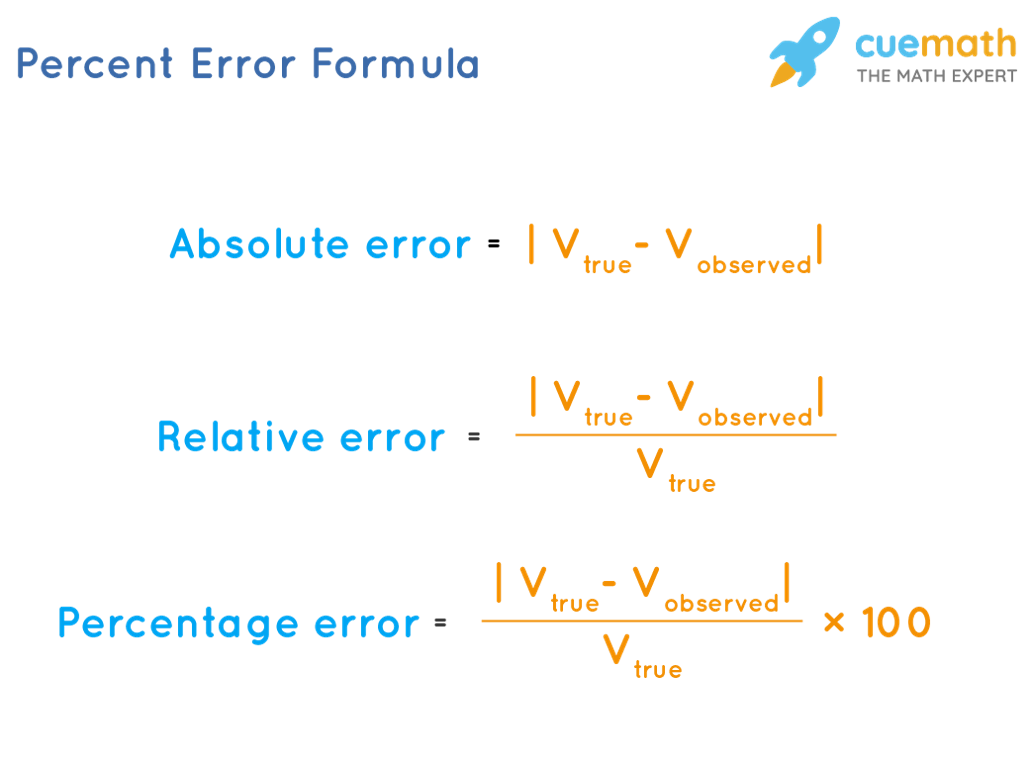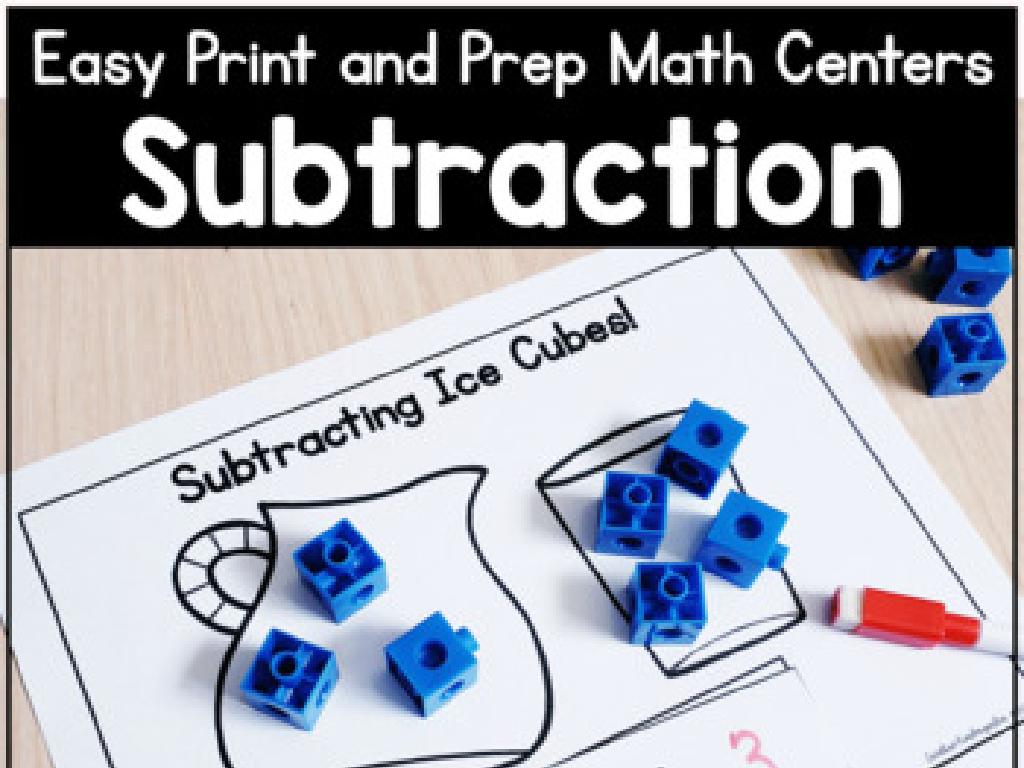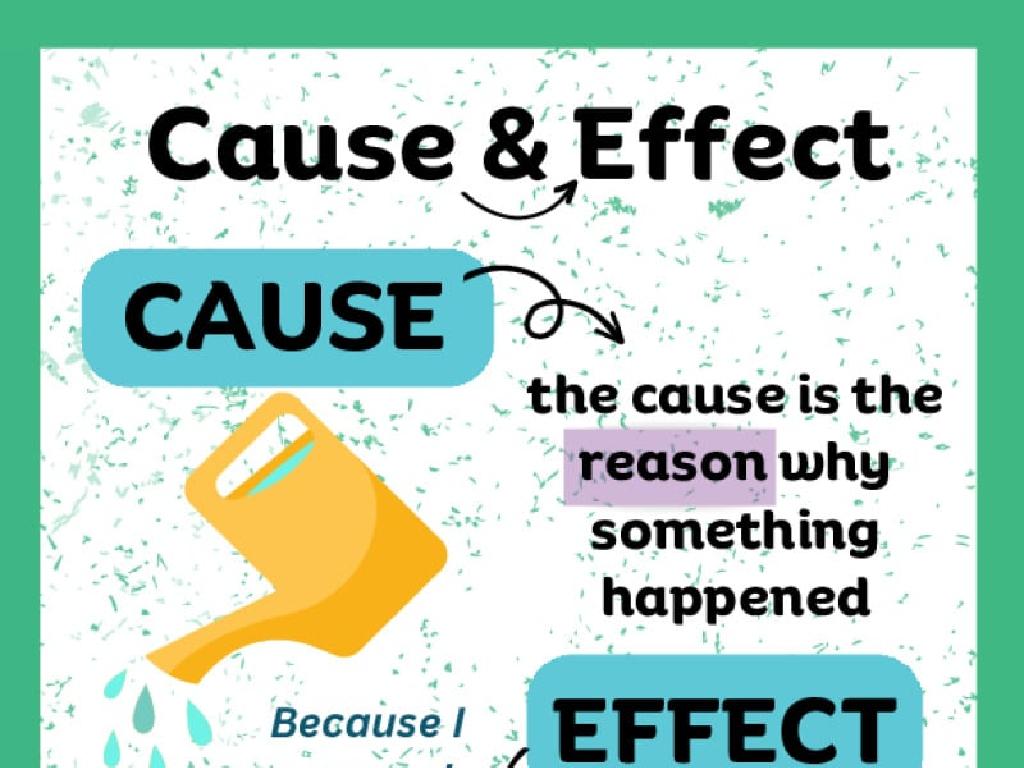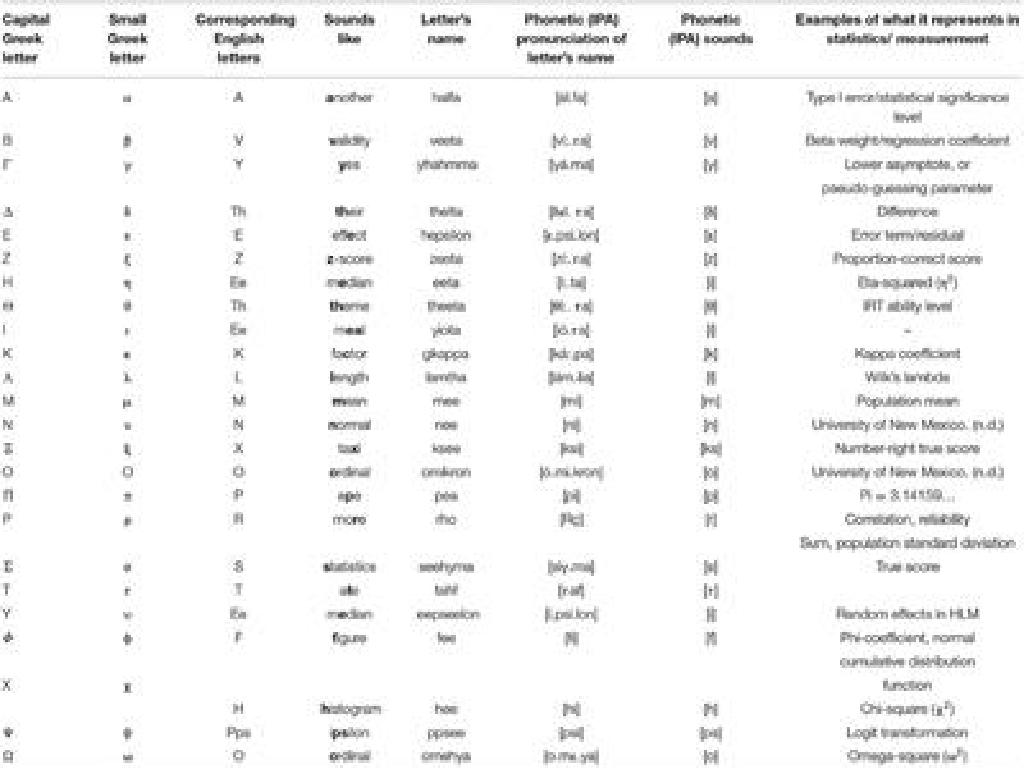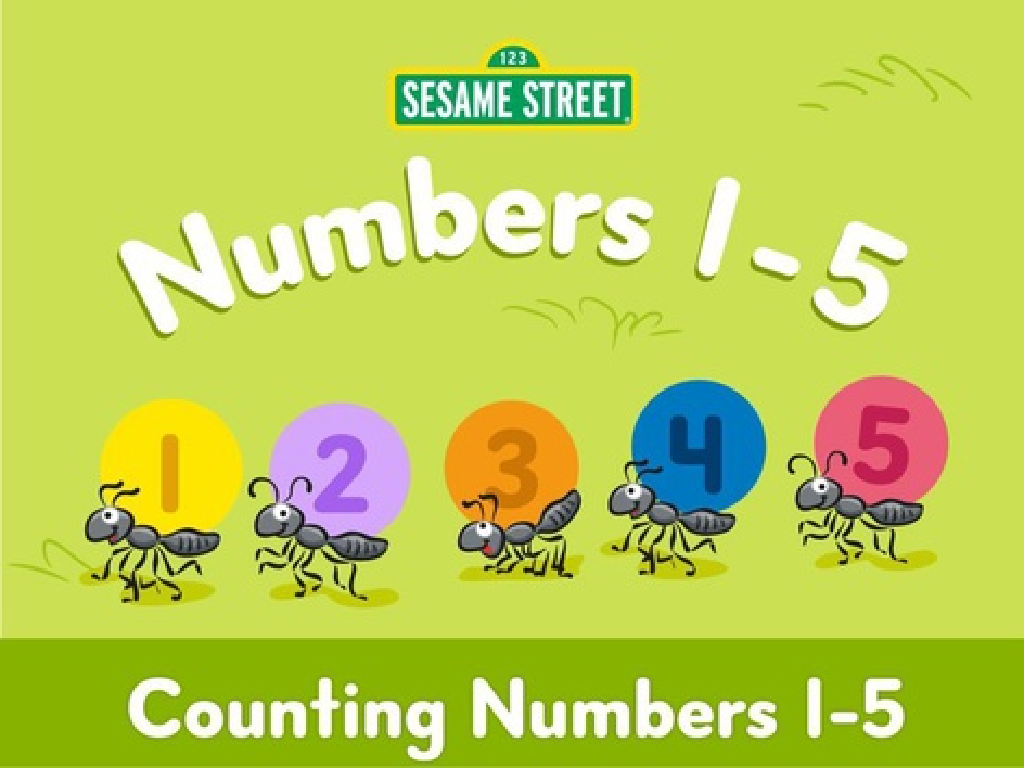Divide Fractions And Mixed Numbers Using Models: Word Problems
Subject: Math
Grade: Sixth grade
Topic: Divide Fractions
Please LOG IN to download the presentation. Access is available to registered users only.
View More Content
Dividing Fractions and Mixed Numbers
– Fractions as parts of a whole
– Imagine a pizza sliced into equal parts; each slice is a fraction of the pizza.
– Dividing fractions in real life
– For example, cooking: dividing 2 cups of sugar equally into 1/4 cup portions.
– Steps to divide fractions
– Invert the divisor and multiply to find the quotient.
– Practice with word problems
– Solve problems using models to understand how division of fractions works.
|
This slide introduces students to the concept of dividing fractions and mixed numbers, emphasizing their practical applications. Begin by explaining fractions as parts of a whole, using relatable examples like slices of pizza. Highlight real-life scenarios where dividing fractions is necessary, such as in cooking or dividing a set of items into smaller groups. Teach the mathematical process of dividing fractions by inverting the divisor and multiplying. Provide word problems for students to apply these concepts, using visual models to aid their understanding. Encourage students to visualize the problems and to practice with additional examples for homework.
Recap: Understanding Fractions
– Reviewing fraction basics
– Numerator vs. Denominator
– Top number (numerator) shows parts we have, bottom (denominator) shows total parts
– Fractions in daily life
– Pizza slices, measuring cups, and money (quarters)
– Visualizing fractions
– Use models like pie charts or bar segments to represent fractions
|
Begin with a brief review of what fractions are, emphasizing that they represent parts of a whole. Clarify the roles of the numerator and denominator, ensuring students understand that the numerator indicates the number of parts being considered, while the denominator represents the total number of equal parts in the whole. Provide relatable examples such as slices of pizza to illustrate fractions in everyday contexts. Encourage students to visualize fractions using models like pie charts, which can help them grasp the concept more concretely. This recap will solidify their foundational understanding before moving on to more complex operations involving fractions.
Dividing Fractions: Understanding the Basics
– Purpose of dividing fractions
– To share or split things into smaller parts
– Division vs. multiplication
– Division is the inverse of multiplication
– Invert and multiply rule
– Flip the second fraction and multiply
– Practice with word problems
|
This slide introduces the concept of dividing fractions, which is a key skill in mathematics. Start by discussing why we need to divide fractions: to figure out how many parts of a whole we have or how to distribute items evenly. Highlight the difference between division and multiplication of fractions, emphasizing that division is essentially multiplying by the reciprocal of the divisor. Explain the ‘invert and multiply’ rule, which is the method of flipping the second fraction (making it the reciprocal) and then multiplying the two fractions. Provide word problems for students to apply this rule, ensuring they understand the practical application of dividing fractions in real-world scenarios. Encourage students to visualize the problems with models or drawings to aid comprehension.
Dividing Fractions: Step by Step
– Identify fractions in the problem
– Find the fractions that need to be divided.
– Write the problem as an equation
– Convert the word problem into a fraction division equation.
– Multiply by the reciprocal
– Instead of dividing, multiply by the flipped divisor.
– Solve and simplify the answer
– Calculate the product and reduce the fraction if possible.
|
This slide is aimed at teaching students the process of dividing fractions through word problems. Start by identifying the fractions involved in the problem. Next, translate the word problem into an equation form, which will involve a division sign between the two fractions. Then, teach the students to multiply by the reciprocal (or the inverse) of the divisor, which means flipping the second fraction and changing the division sign to multiplication. Lastly, guide them to solve the equation and simplify the answer to its lowest terms. Encourage students to practice this step-by-step method with various word problems to gain confidence in dividing fractions.
Dividing Mixed Numbers
– Understanding mixed numbers
– A mixed number has a whole number and a fraction
– Convert to improper fractions
– Multiply the whole number by the denominator, add the numerator
– Divide using the same method
– Follow division steps as with improper fractions
– Practice with word problems
|
This slide introduces students to the concept of dividing mixed numbers. Begin by explaining what mixed numbers are, emphasizing the combination of whole numbers and fractions. Then, guide students through the process of converting mixed numbers to improper fractions, which is a crucial step before division. Use an example like 2 1/3, showing that it converts to 7/3. Next, demonstrate how to divide mixed numbers by applying the same methods used for dividing improper fractions. Finally, provide word problems for students to apply these concepts, ensuring they understand how to handle mixed numbers in various contexts. Encourage students to work through problems step-by-step and to check their work by multiplying their answers.
Word Problems: Division of Fractions
– Read and understand the problem
– Grasp the scenario and what’s being asked
– Visualize with models
– Draw fraction models to represent the problem
– Solve step by step
– Apply division method to find the answer
– Discuss the solution
– Review the answer and method used
|
This slide is aimed at practicing word problems involving the division of fractions and mixed numbers. Start by carefully reading the problem to understand what is being asked. Encourage students to visualize the problem by drawing models such as fraction bars or circles, which can help them see the division process. Guide them through solving the problem step by step using the division method taught in class, ensuring they show their work. After finding the solution, have a discussion about the process and the answer to reinforce their understanding. Provide several practice problems and work through them as a class, or have students work in small groups to solve and then present their methods and solutions.
Class Activity: Fraction Division Challenge
– Pair up and solve division problems
– Use fraction strips or circles
– Visual aids to understand fraction division
– Present and explain your solutions
– Share your reasoning with the class
– Reflect on different strategies used
– Discuss how various approaches lead to the same answer
|
This activity is designed to promote collaborative learning and a deeper understanding of dividing fractions through hands-on experience. Students will work in pairs to tackle word problems involving fraction division, using fraction strips or circles to model their solutions visually. This will help them grasp the concept of dividing fractions in a tangible way. After solving the problems, each pair will present their solution to the class, explaining the reasoning behind their approach. Encourage students to listen to others’ explanations as this can offer insights into different methods of solving the same problem. As a teacher, facilitate the discussion by highlighting the effectiveness of various strategies and ensure that each student is engaged and understands the concept.
Wrapping Up: Division of Fractions
– Recap of fraction division
– Reviewed how to divide fractions and mixed numbers using models.
– Practice is key to mastery
– Regular practice helps solidify understanding and skills.
– Homework: Textbook problems
– Solve assigned problems to reinforce today’s lesson.
– Share any questions next class
|
As we conclude today’s lesson on dividing fractions and mixed numbers, it’s crucial to emphasize the importance of practice in mastering these concepts. For homework, students are assigned to solve additional word problems from their textbook, which will help them apply what they’ve learned in a variety of contexts. Encourage students to attempt the problems independently but remind them that questions are welcome in the next class. This will not only help them understand the material better but also prepare them for more complex mathematical concepts in the future.

